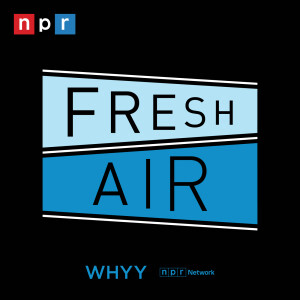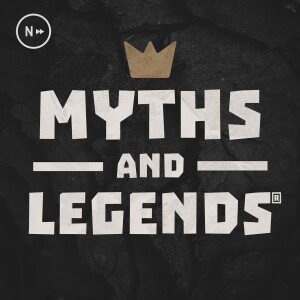

The Unrivaled Insights of Michael Lewis: A Journey Through Finance, Sports, and Human Nature
The author of "The Big Short" is Michael Lewis. He is an American author and financial journalist known for his books on finance and the economy. Born on October 15, 1960, in New Orleans, Louisiana, Lewis graduated from Princeton University and started his career as a bond salesman on Wall Street.
After leaving the financial industry, Lewis turned to writing, and his first book, "Liar's Poker" (1989), was a bestseller. He went on to write numerous other books on finance and sports, including "Moneyball: The Art of Winning an Unfair Game" (2003) and "Flash Boys: A Wall Street Revolt" (2014).
"The Big Short: Inside the Doomsday Machine" was published in 2010 and became a popular and critically acclaimed book. It focuses on the events leading up to the 2008 financial crisis and the individuals who predicted the housing market bubble and made enormous profits by betting against it. The book was later adapted into a successful film in 2015, directed by Adam McKay.
Michael Lewis is known for his ability to explain complex financial concepts in a compelling and accessible way. He has received multiple awards for his writing, including the National Business Book Award in 2009.
Why is The Big Short book worth reading?- Insightful analysis: The book provides a comprehensive analysis of the complex financial instruments and practices that led to the 2008 financial crisis. It explains the intricacies of the mortgage-backed securities and subprime mortgage markets in a way that is accessible to readers, even those without a background in finance.
- Engaging storytelling: Michael Lewis, the author, is known for his ability to present complex ideas in a narrative form. The Big Short is no exception, as it tells the story of a handful of investors who recognized the impending collapse of the housing market and made billions by betting against it. The book reads like a suspenseful thriller, keeping readers engaged throughout.
- Educational value: The book offers valuable insights into the workings of the financial industry and the vulnerabilities of the global economy. It delves into the problems of greed, speculation, and lack of regulation that contributed to the crisis, making it an important resource for understanding the causes and consequences of the financial meltdown.
- Timely and relevant: The Big Short was published in 2010, just two years after the crisis. Its release coincided with public outrage and ongoing debates about the financial system. By exploring the events leading up to the crisis, the book offers a unique and timely perspective on a major event in recent history.
- Broad appeal: While the subject matter may seem daunting at first, Lewis's engaging writing style ensures that the book remains accessible to readers from all backgrounds. It tackles complex financial concepts without overwhelming the reader with technical jargon, making it suitable for both finance professionals and general readers interested in understanding the causes and lessons of the crisis.
Overall, The Big Short is an informative, engaging, and well-researched book that provides a deeper understanding of the 2008 financial crisis and its underlying causes. Whether you are interested in finance, economics, or simply want to better comprehend a key event in recent history, this book is definitely worth reading.
What is the plot of the book The Big Short?The plot of the book "The Big Short: Inside the Doomsday Machine" revolves around the 2008 financial crisis and the individuals who predicted and profited from the collapse of the housing market. Written by Michael Lewis, the book follows the stories of several different players in the financial world who realized the impending disaster and bet against the system.
The book provides an in-depth look at the complex financial instruments, such as collateralized debt obligations (CDOs) and credit default swaps (CDS), that were at the root of the crisis. It explains how the housing market bubble grew and eventually burst, leading to a global financial meltdown.
Lewis introduces readers to characters like Michael Burry, a hedge fund manager who first recognized the housing bubble and created a strategy to profit from its collapse. Other key figures include Steve Eisman, an outspoken and skeptical investor, and Greg Lippmann, a Deutsche Bank trader who helped spread awareness about the risks in the housing market.
"The Big Short" examines the unethical practices, lack of regulation, and systemic issues within the financial industry that contributed to the crisis. It highlights the greed and ignorance that pervaded the system, as well as the few individuals who saw the impending disaster and took advantage of it.
Overall, the book provides a compelling and detailed account of the events leading up to the financial crisis and sheds light on the few individuals who were able to foresee and profit from the impending collapse.
More Episodes
All Episodes>>Create Your Podcast In Minutes
- Full-featured podcast site
- Unlimited storage and bandwidth
- Comprehensive podcast stats
- Distribute to Apple Podcasts, Spotify, and more
- Make money with your podcast












